Fake Emails are Becoming a Major Issue for Businesses
You might be surprised to know that more than 3.4 billion fake emails are sent around the globe each day. What does this mean? It means that almost every company out there is vulnerable to cybercrimes in the form of “spoofing” and “phishing.” On top of this, most companies out there have not protected themselves from this type of cyber attack. What’s even more interesting is that the vast majority of these emails are not coming from some foreign land, but they are coming from sources based in the US.
 This all sounds pretty dreary, but it’s not all bad. Research is showing that many industries in the US are making strides against these fake emails, though some are working harder than others.
This all sounds pretty dreary, but it’s not all bad. Research is showing that many industries in the US are making strides against these fake emails, though some are working harder than others.
To get the data for this research, companies like Valimail is using data from internal analysis of billions of different email authentication requests. The company also used almost 20 million public records about email to publish its report.
This report shows that email impersonation, which made up 1.2 percent of all emails sent during the first quarter of 2019, is the favorite weapon of cyber criminals to get access to a network. They also try to get access to sensitive information and intellectual property.
Fake emails are a problem, and they are not blocked by cybersecurity defenses that are traditionally used.
These fake emails are one of the biggest sources of cyberattacks. As more businesses recognize email vulnerabilities, organizations should start using authentication technology to protect against fraudulent and untrustworthy senders.
The fact is this: too many cybercriminals are using fake emails to get through these defenses, and better methods to identify senders is needed to make sure that email is more trustworthy both now and in the future.
Protect Yourself
- The e-mails usually contain at least one link they want you to click. Hover your mouse to see what the URL is. It may appear legit, but note the “http” part.
- Reputable sites for giant businesses, such as Microsoft and PayPal, will have an “https” in their URL. The phishing link’s URL will usually not have the “s.”
- A big red flag is if there are typos or poorly constructed sentences, but a phishing e-mail may also have flawless text.
- Don’t be fooled by company logos, stock imagery, privacy policies, phone numbers and other formalities in the message field. It’s so easy for a hacker to put these elements in there.
- Be leery of warnings or alerts that don’t sound right. Gee, why would your account be “in danger of being suspended”?
ROBERT SICILIANO CSP, is a #1 Best Selling Amazon author, CEO of CreditParent.com, the architect of the CSI Protection certification; a Cyber Social and Identity Protection security awareness training program.



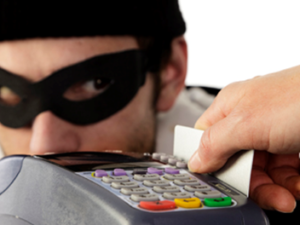
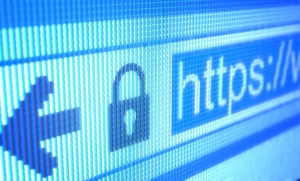 How Did I Get Here?
How Did I Get Here?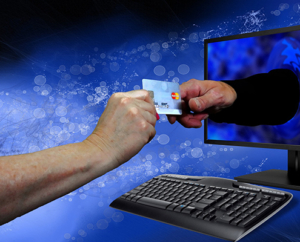 But there’s a problem: Someone ELSE could pose as you and sign up for this service, getting your mail before you have a chance to.
But there’s a problem: Someone ELSE could pose as you and sign up for this service, getting your mail before you have a chance to. Never, ever enter your credit card or other sensitive information to claim a gift card that comes via email.
Never, ever enter your credit card or other sensitive information to claim a gift card that comes via email. Regardless of who gave you the card, you should always practice security measures. Below are two common ways that fraudsters operate.
Regardless of who gave you the card, you should always practice security measures. Below are two common ways that fraudsters operate.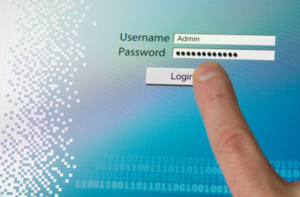 They Start with a Google Search
They Start with a Google Search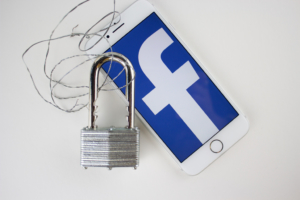 Here are some tips that you can use to protect yourself:
Here are some tips that you can use to protect yourself:























